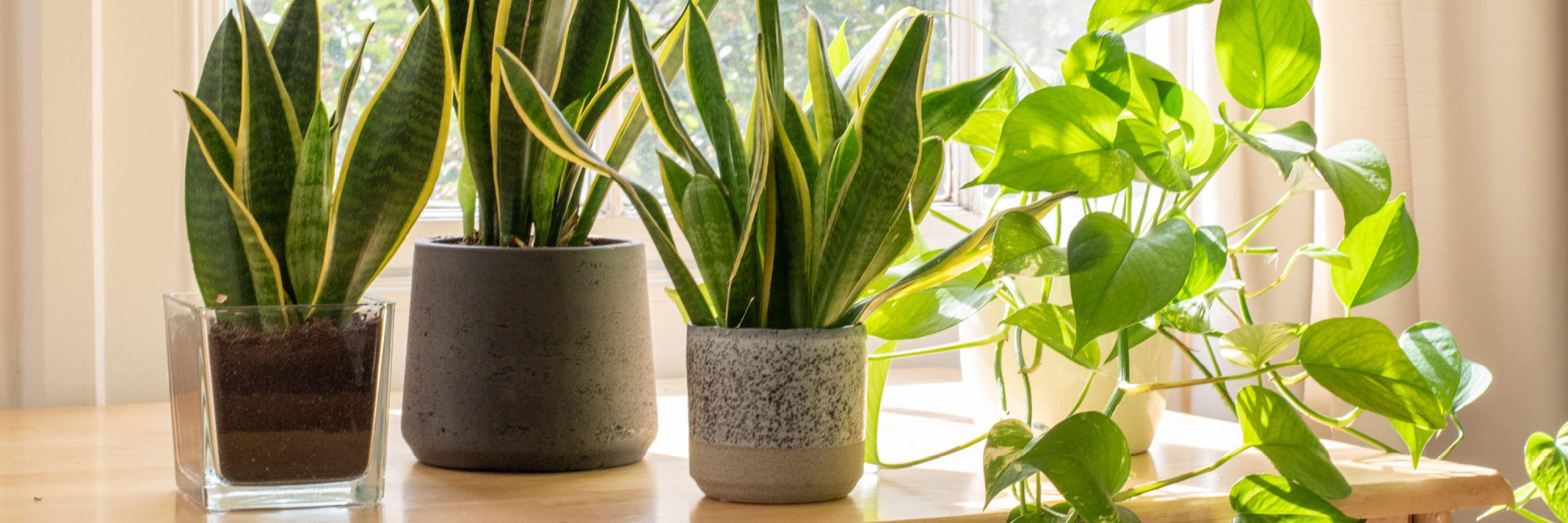
Want to feel better? Adopting wellness design ideas at home could help
Many more people are recognizing the link between their living spaces and their well-being
By Nancy Mattia
When retailers as diverse as Walmart and Wayfair both offer wellness décor, it’s clear that making lifestyle changes is something many people are interested in. Wellness design is a simple concept: incorporate healthy living practices into new and existing homes.
It involves indoor elements, such as air, water and light, that have a major effect on your body. Mindfulness plays a big part in wellness design because it relies on you to be super aware of how your environment affects your health (allergies, insomnia).
Take high ceilings, for example. Where they once were revered mostly for their elegance and for tricking the eye into thinking a room is larger than it really is, high ceilings are now also appreciated for being able to promote better air circulation, which improves breathing.
Whether you’re planning a major renovation of your home or just want a few DIY weekend projects, keep reading to get some ideas on this growing trend:
Breathe better
It’s not surprising that creating good air flow is an important part of wellness design. Many experts believe that adding plants will improve your home’s air quality and so will installing an air purification system to the rooms where you spend the most time. Check for air leaks around windows and doors — you might need to replace some of them to keep pollutants from gaining entry into your home. Make sure the ventilation systems in the kitchen and bathrooms are working properly.
Clean out your closets and your mind
“One of the simplest ways to start the process of creating a mindful space is by eliminating clutter,” says Sarah Barnard, a Santa Monica-based designer of personalized, sustainable spaces that support mental, physical, and emotional well-being (sarahbarnard.com).
But decluttering doesn't necessarily mean adopting a minimalist aesthetic and getting rid of most of your belongings. “Instead, identify areas in your home where things tend to accumulate and come up with solutions for those spaces,” says Barnard.
For an added emotional boost, try using that space as a platform for something that provides happiness. “Freeing up a countertop of incoming mail can become a new space for a plant or a work of art that brings daily peace.” Finding ways to reduce distractions and replace them with something that induces joy can be a way to improve your daily well-being.
Purify water
If you drink water from the tap, you may be gulping down bacteria and toxins not meant to be digested. The solution is easy: Install water-cleaning filters for safer sips. To reduce your water consumption when bathing or cooking, install water-saving faucets. But water goes beyond being a source for life. “It can be used as a sensory and visual element in home design,” says Ipek Kaynar Rohloff, an architectural designer and researcher in New York. “A fish tank that is thoughtfully positioned in the living area would add a sensory quality that has soothing effects.”
Let in the light
Exposure to natural light in waking hours has proven benefits for regulating circadian rhythm and maintaining a good sleep schedule, says Rohloff. Natural light increases serotonin in your brain, which boosts moods and help reduce anxiety and depression. If you’re renovating your home, consider installing skylights and large windows to let in even more light.
Prioritize needs
Understanding each person's specific needs and designing the home to meet those needs can lead to a more physically and mentally supportive home environment, says Barnard. “Ergonomic homes prioritize function and comfort, both in the short- and long-term.” This can mean adjusting mirrors or customizing a kitchen countertop to a height that’s comfortable for all users. A curbless shower can benefit a person with a temporary injury as well as the long-term use of the home’s elderly residents, she says.
Choose colors you love
“Many people are drawn to neutrals for their home—they can be a relaxing backdrop and minimize distractions,” says Barnard. “More muted and earth tones can provide a healthy balance for those who love color and calm.” She suggests using soft shades like rose or peach for an emotional boost without over-energizing the space. “Bright colors can be joyous and stimulating. Creating balanced accents of color throughout the room, considering tone and placement, can contribute to a bold but grounded aesthetic.”
Connect with nature
Besides natural light, bring the outdoors into your home through plants, flowers, herbs, living walls, and natural textures to provide a positive impact on your environment. Spread nature around your home, such as putting a few potted plants in the living room, to feel less stressed and even happier and more productive.
Get In Touch If you're interested in improving your life through homeownership, please provide your contact information below and a Loan Officer will be in contact. |
|
|

